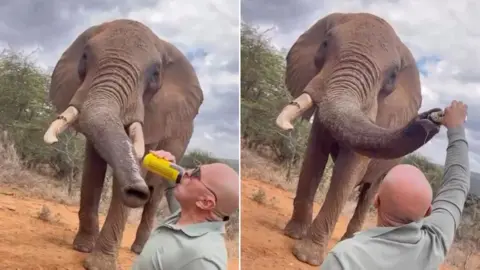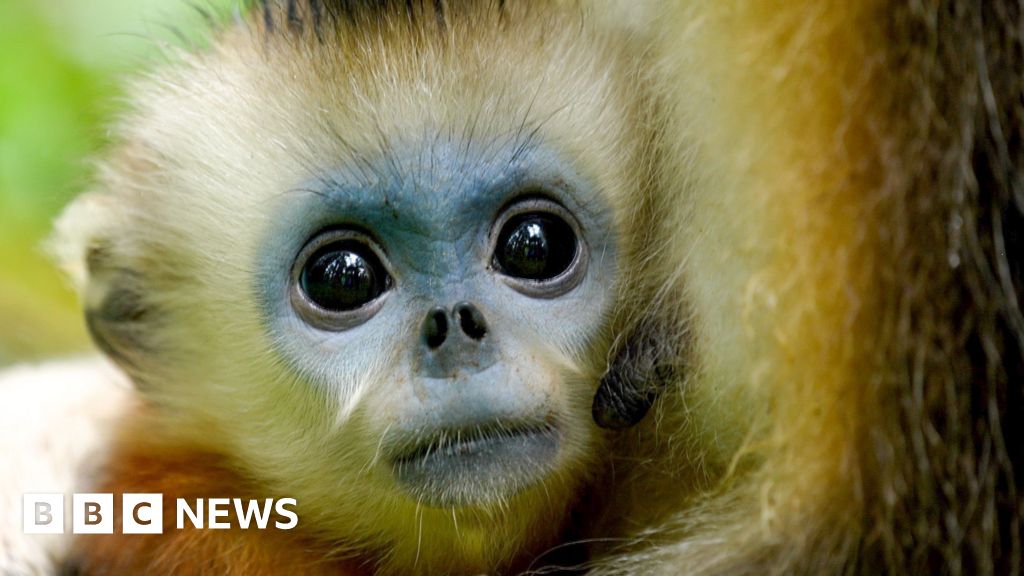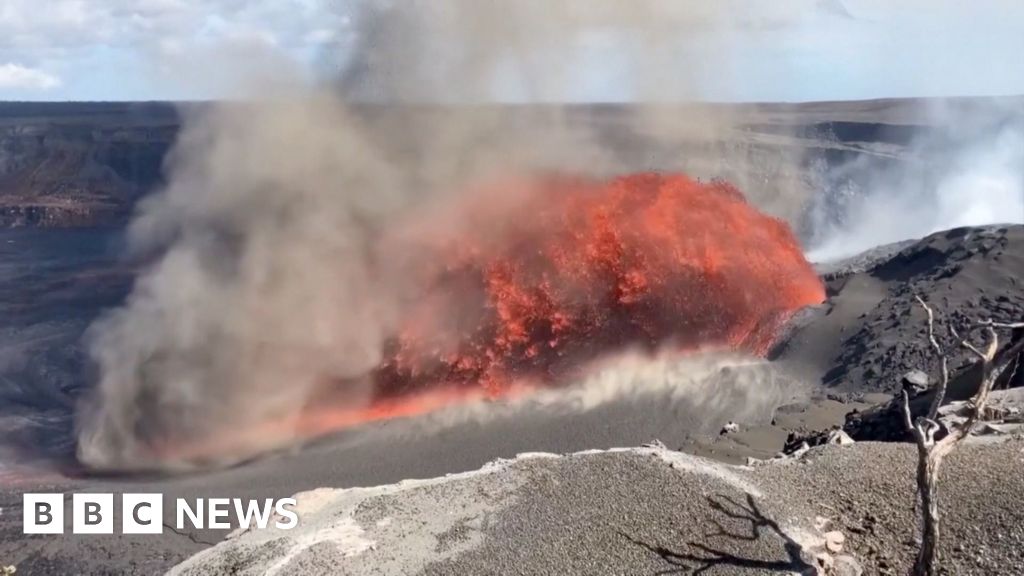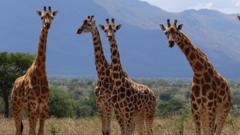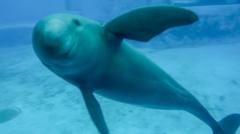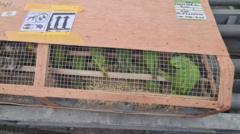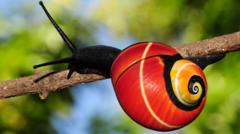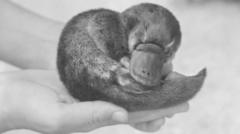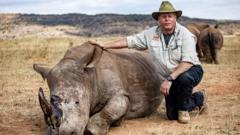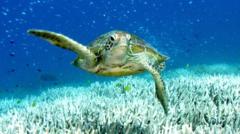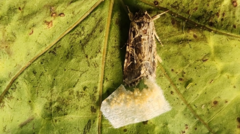In a significant and hopeful effort, conservationists have embarked on a mission to reintroduce the critically endangered Hawaiian crow, known as ʻalalā, back into the wild. Once abundant, the species has not been seen in its natural habitat for two decades, with only about 110 individuals remaining. This recent endeavor marks an innovative turn from previous reintroduction attempts, which saw varying levels of failure and loss.
As five young ʻalalā were released from their aviary on Maui, they hesitated at the door, surveying the environment around them, a pivotal moment that could dictate the future of their species. The decision to release them on Maui aims to protect these birds from their natural predator, the hawk, which had decimated populations during earlier reintroduction efforts on the Big Island. Researchers believe that if these crows can adapt and thrive in the new environment, it could pave the way for a larger restoration of their populations back to the Big Island.
Alison Greggor, an ecologist from the San Diego Zoo Wildlife Alliance, emphasized the importance of this moment, stating, “They are shouldering all of the hopes of their species.” Previous reintroduction strategies failed despite extensive efforts, including the use of live hawks to teach the birds to be wary of their predatory instincts. Despite some initial success, the mortality rate among released birds was high, prompting the shift in strategy to the safer habitat of Maui.
This reintroduction is not just about placing birds in an open area; it represents a concerted effort between nonprofit organizations, state and federal wildlife officials, and scientists to find a viable path forward for the ʻalalā. The hopeful perspective is that if the species can find a foothold in Maui, it may one day return to its historical homes on the Big Island, fulfilling a critical ecological role and bringing back a vital part of Hawaii's natural heritage. As the five fledgling crows step into the wild, they carry with them the collective hopes of a species on the brink of extinction.
As five young ʻalalā were released from their aviary on Maui, they hesitated at the door, surveying the environment around them, a pivotal moment that could dictate the future of their species. The decision to release them on Maui aims to protect these birds from their natural predator, the hawk, which had decimated populations during earlier reintroduction efforts on the Big Island. Researchers believe that if these crows can adapt and thrive in the new environment, it could pave the way for a larger restoration of their populations back to the Big Island.
Alison Greggor, an ecologist from the San Diego Zoo Wildlife Alliance, emphasized the importance of this moment, stating, “They are shouldering all of the hopes of their species.” Previous reintroduction strategies failed despite extensive efforts, including the use of live hawks to teach the birds to be wary of their predatory instincts. Despite some initial success, the mortality rate among released birds was high, prompting the shift in strategy to the safer habitat of Maui.
This reintroduction is not just about placing birds in an open area; it represents a concerted effort between nonprofit organizations, state and federal wildlife officials, and scientists to find a viable path forward for the ʻalalā. The hopeful perspective is that if the species can find a foothold in Maui, it may one day return to its historical homes on the Big Island, fulfilling a critical ecological role and bringing back a vital part of Hawaii's natural heritage. As the five fledgling crows step into the wild, they carry with them the collective hopes of a species on the brink of extinction.





